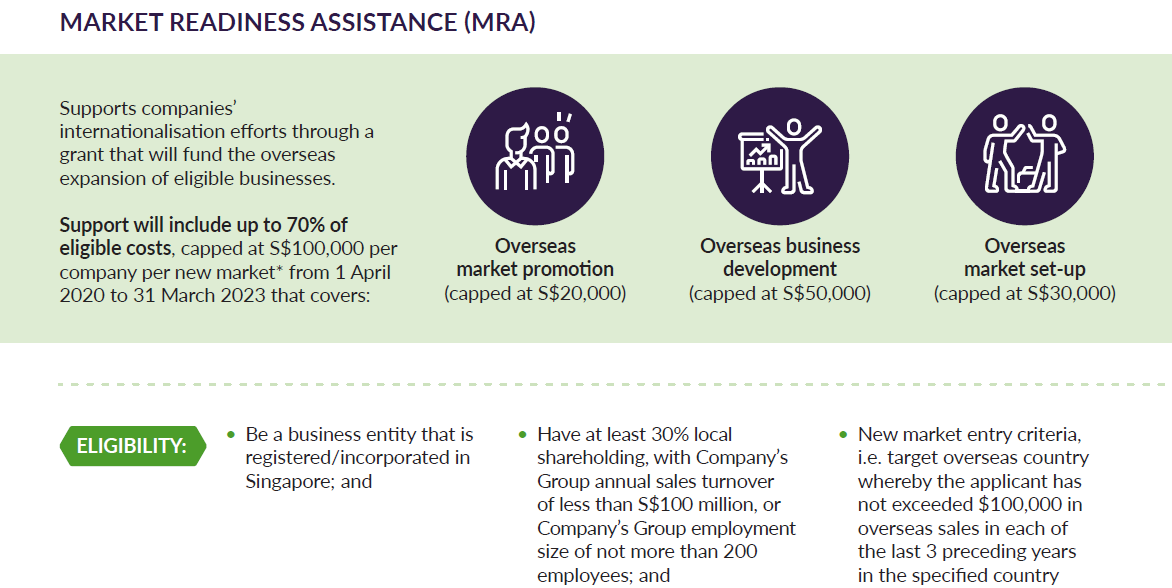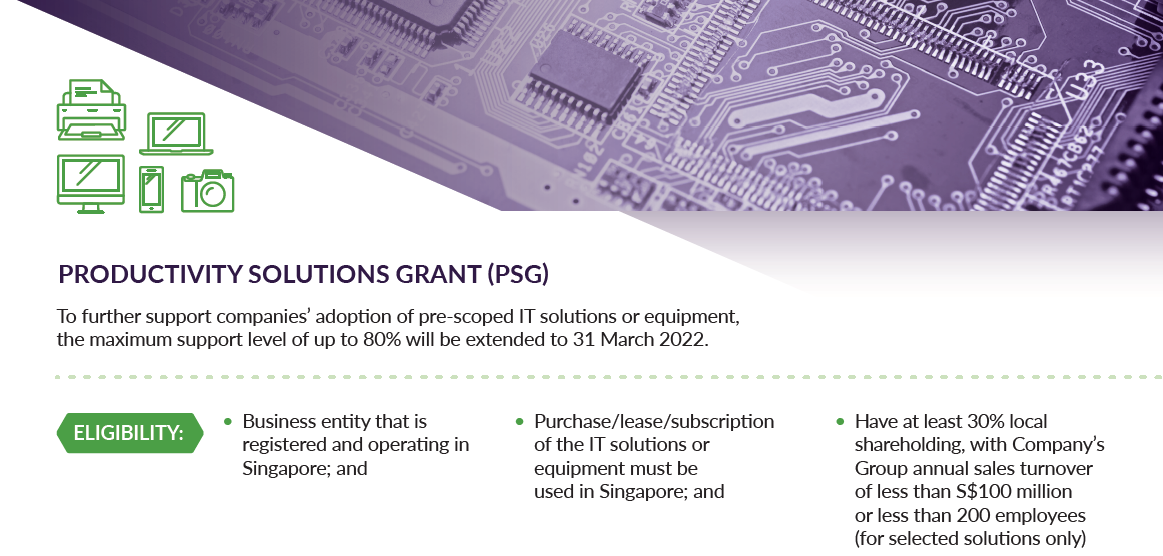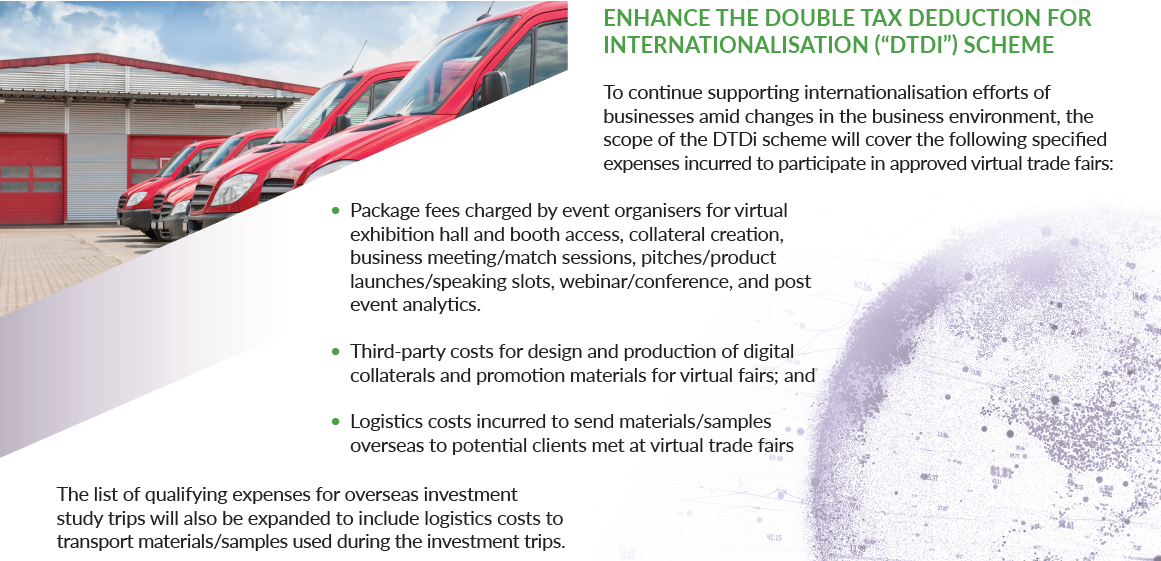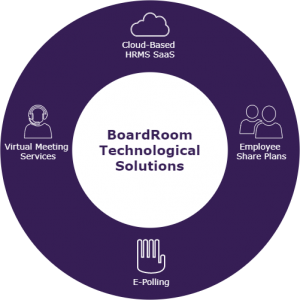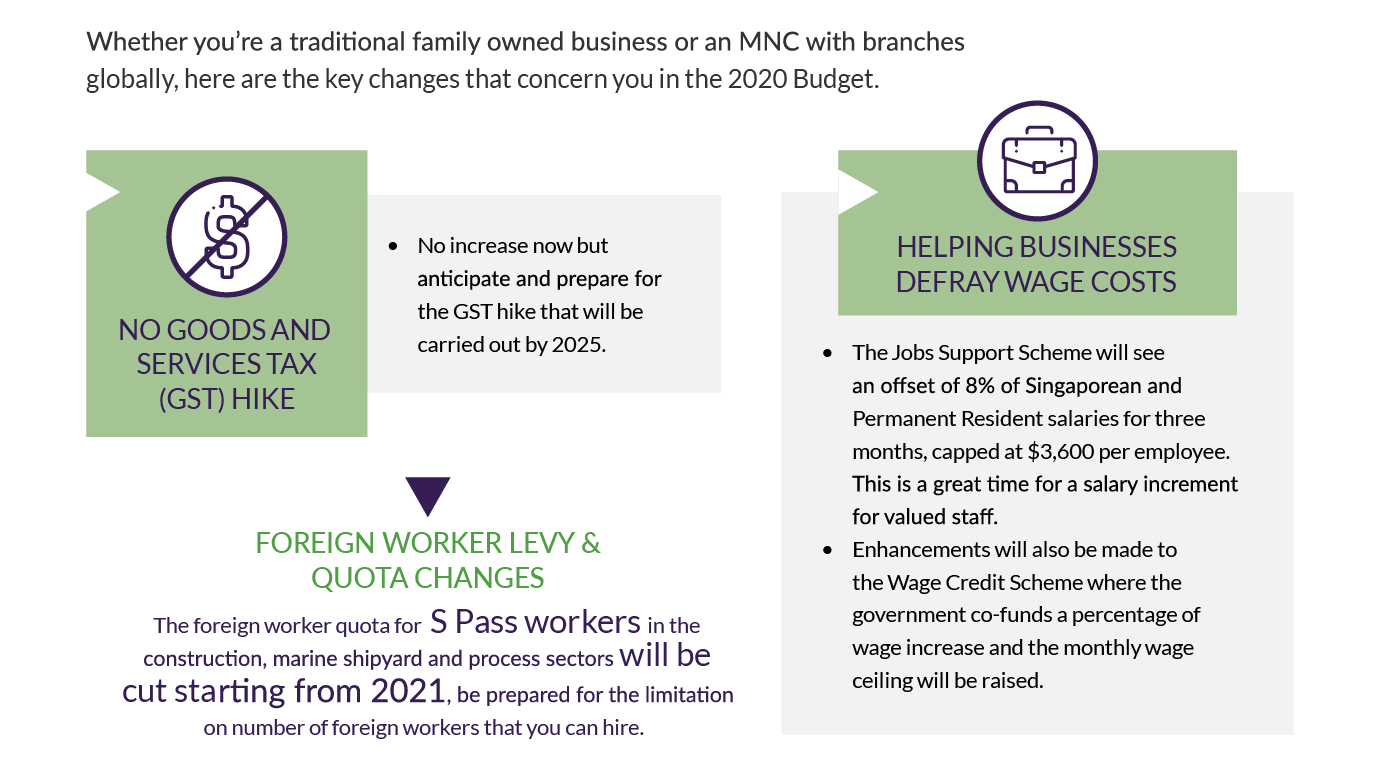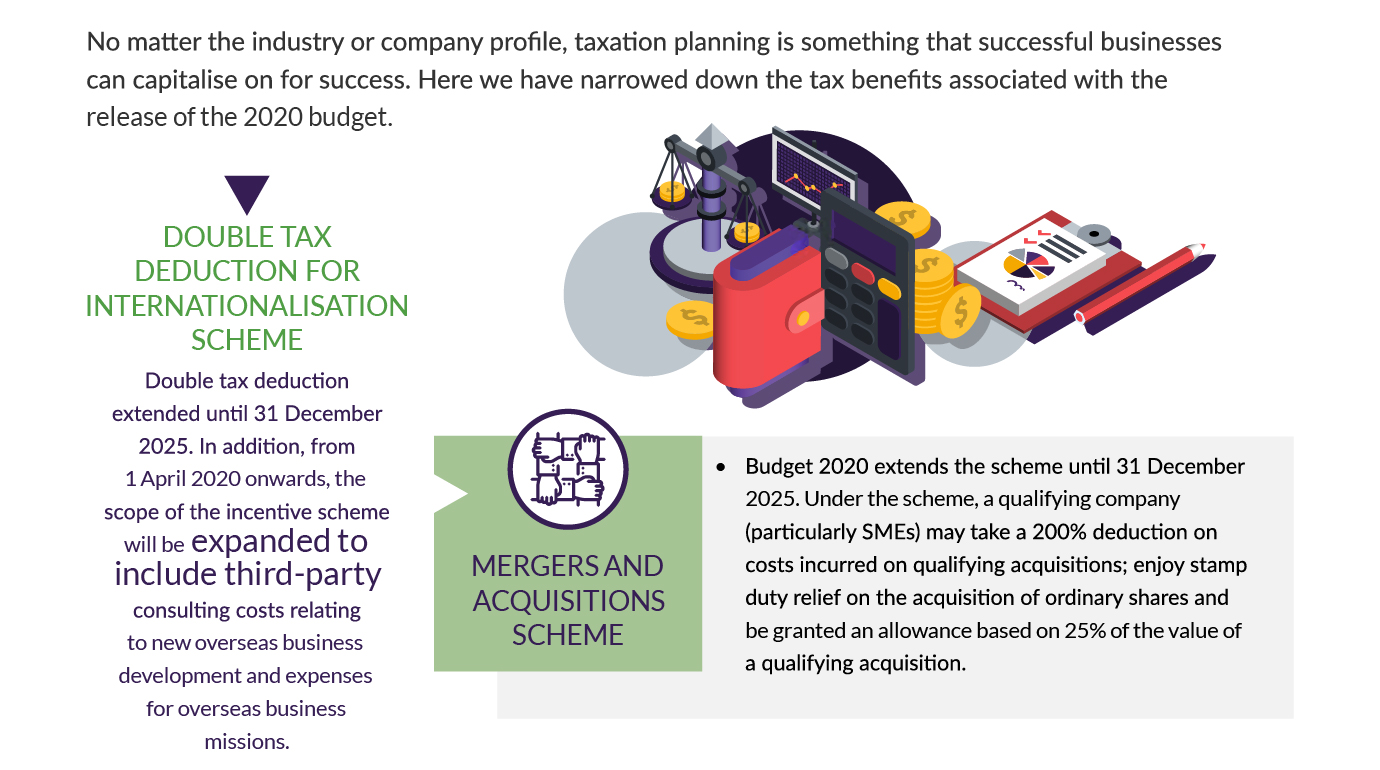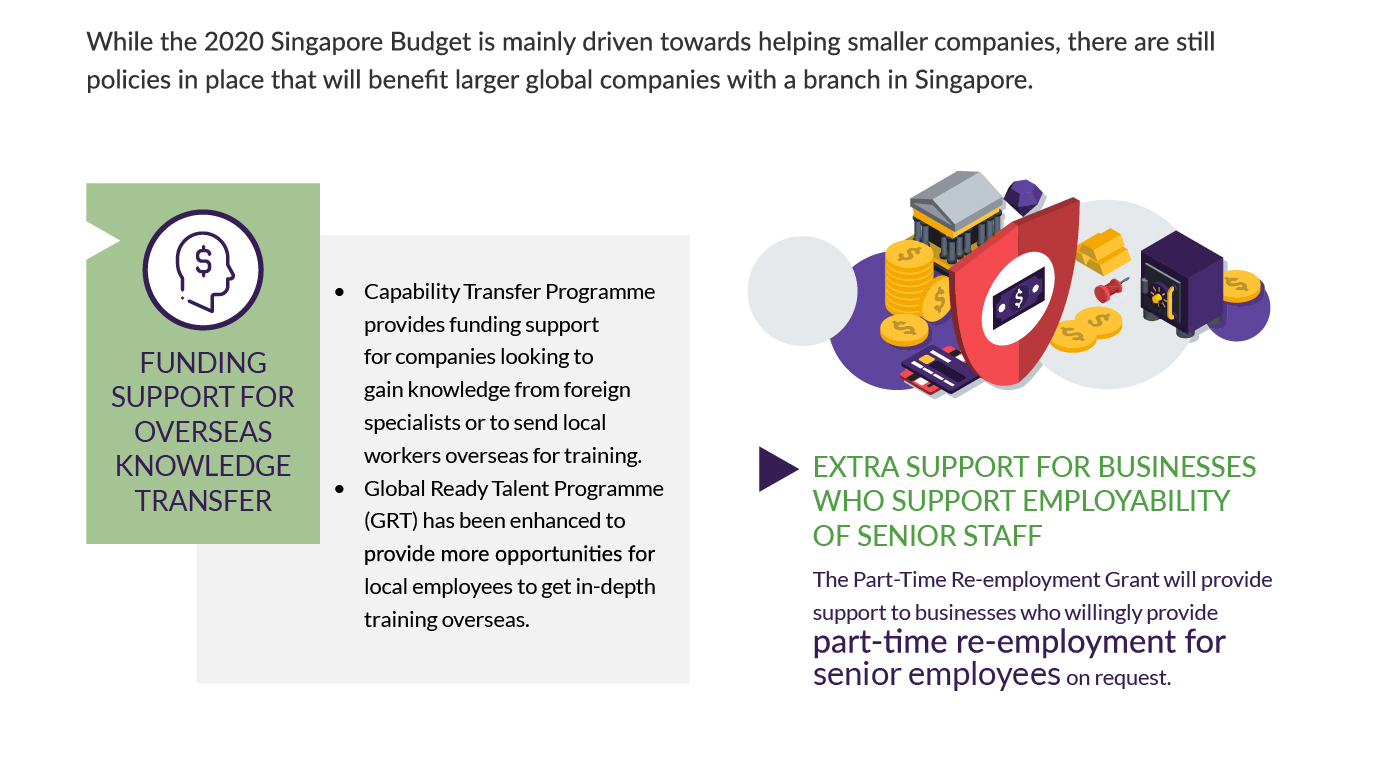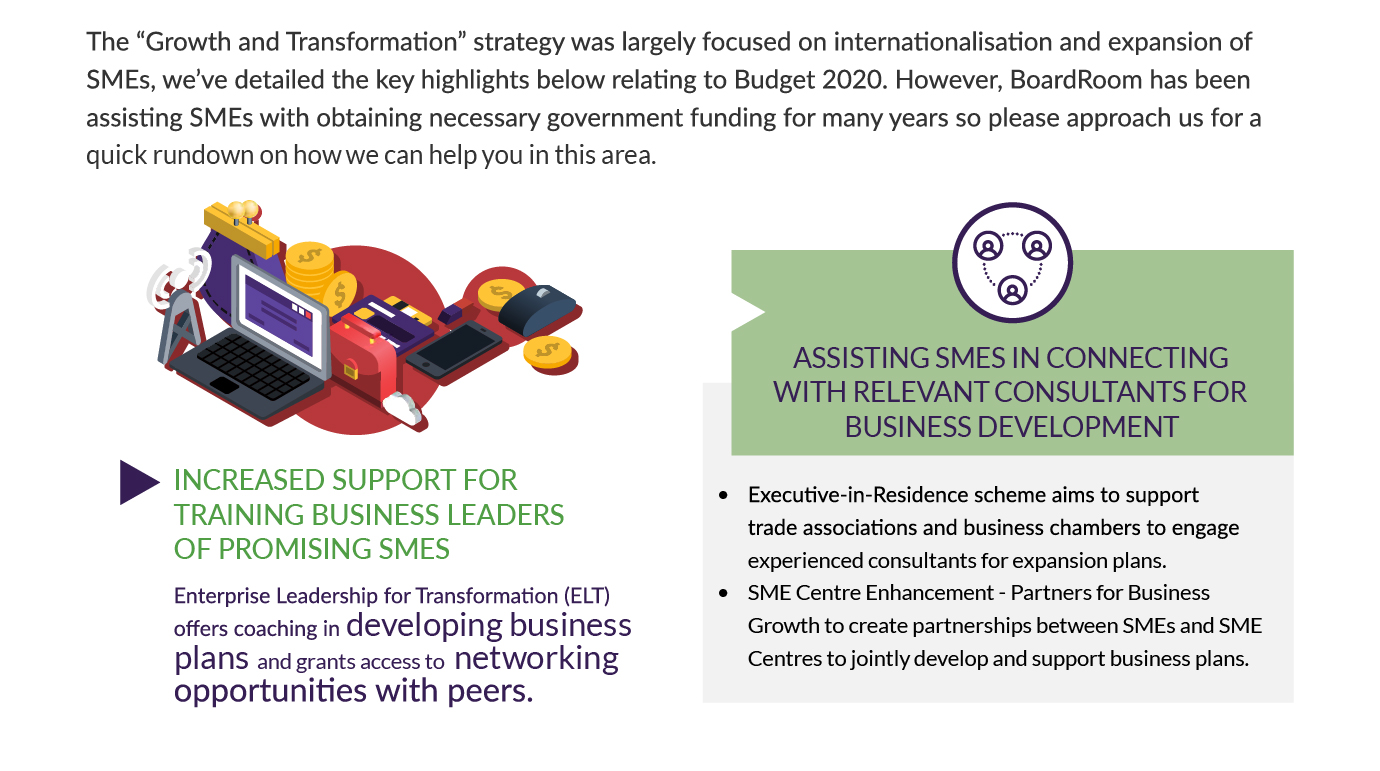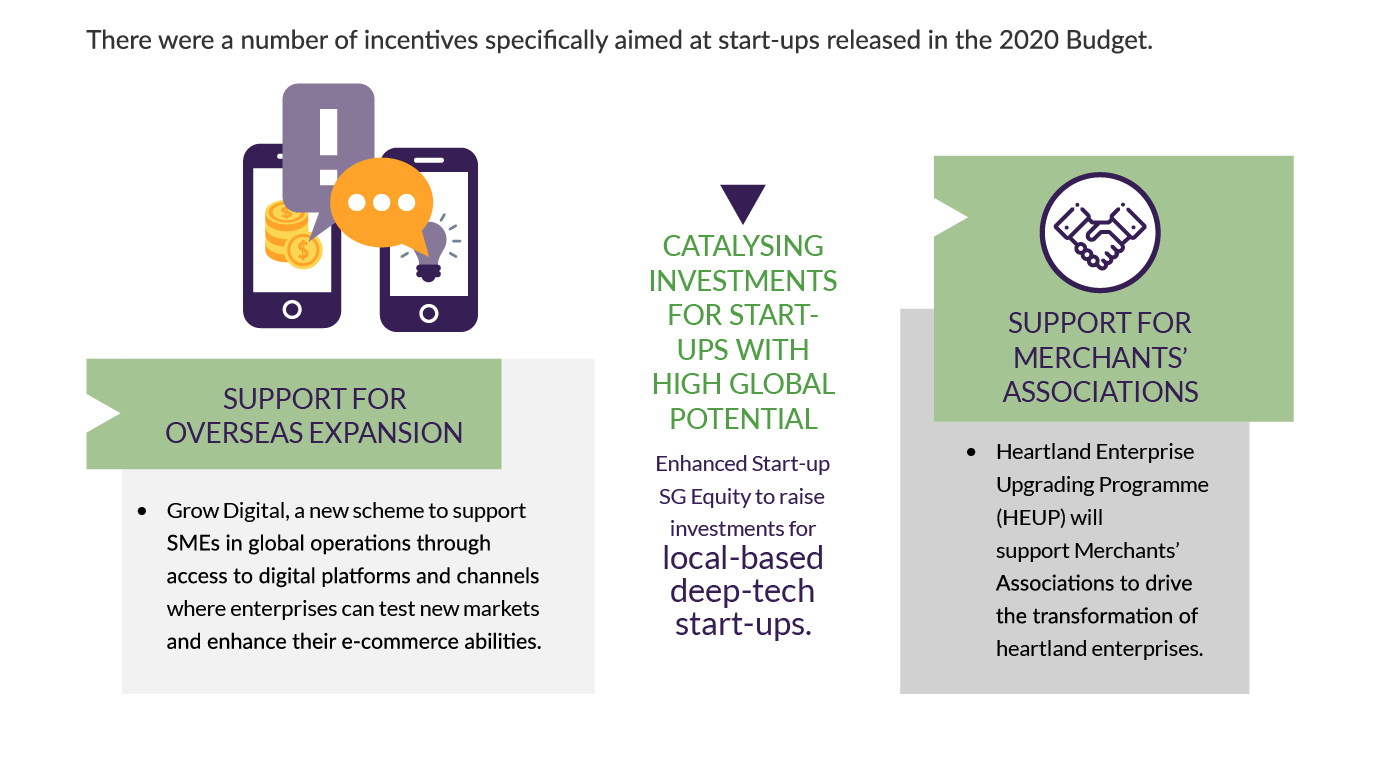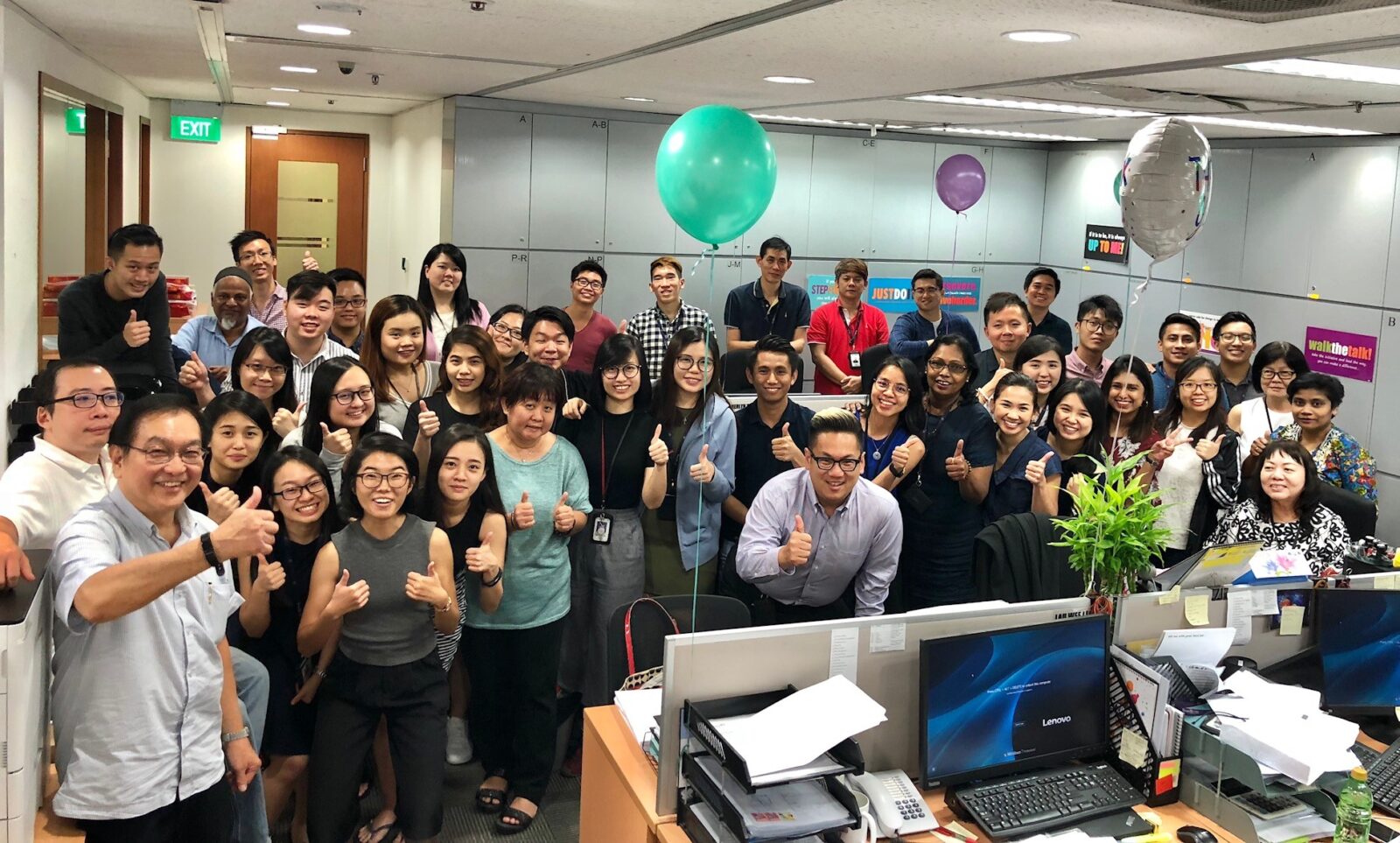Traditionally, businesses are required to comply with a wide range of regulatory requirements. If they were caught not complying, they had to fix the shortfall; it they were not caught, then they did nothing much at all. So, compliance is a rather passive approach.
Accountability is different. The Cambridge Dictionary says that ‘someone who is accountable is completely responsible for what they do and must be able to give a satisfactory reason for it.’ Accountability is an active approach.
Vignette #1
It’s dinner time on Friday evening. Mum and Dad are chatting about their plans for the weekend.
‘Oh, tomorrow morning I have an appointment with the doctor so I can’t pick the kids up from their enrichment class that finishes at 11 o’clock. Can you do it?’
‘Yes, of course,’ says the responsible spouse.
‘Are you sure? You won’t forget, will you? You won’t be late? They’re too young to be wandering around by themselves,’ says the worried spouse.
‘Stop worrying. It will be OK.’
If the responsible spouse forgets – say they get distracted by reading the newspaper and, suddenly realise that it’s past 11 o’clock already – what happens? Yup, probably the worried spouse will scold them a lot and tell them not to let it happen again. That’s a compliance approach. The worried spouse isn’t going to think that ‘I got distracted and forgot the time’ is a satisfactory reason for the kids being left to wander around alone after their class.
But by contrast, if the responsible spouse takes an accountability approach, they will take proactive steps to make sure that they don’t forget. For example, they might set a timer on their phone that will alert them when it’s 10:30 and they have to get ready to be there before the kids come out of their class at 11 o’clock.
Vignette #2
It’s performance appraisal time at work. A manager and a staff are having a discussion about why the staff didn’t meet their sales targets. (Spoiler alert: this might not end well.)
Staff says, ‘It’s not my fault. A few things didn’t turn out as I expected, and these things were outside of my control.’
Manager says, ‘So, what did you do to plan for unexpected events and other things outside of your control?’
Staff says, ‘Er, well … I …’
I’m rather sure that if the staff’s answer is that they didn’t do anything, but just sat back and waited to see what would happen, they aren’t going to get a good performance appraisal.
But if the staff is able to demonstrate that they did various things to achieve their sales goals even in the face of unexpected events and other things outside of their control, they could get a good performance appraisal despite not meeting their sales goals.
We can see from both examples, that accountability is about being able to demonstrate actively taking steps with the aim of making sure that something happens. Compliance is about passively waiting to see how things turn out.
